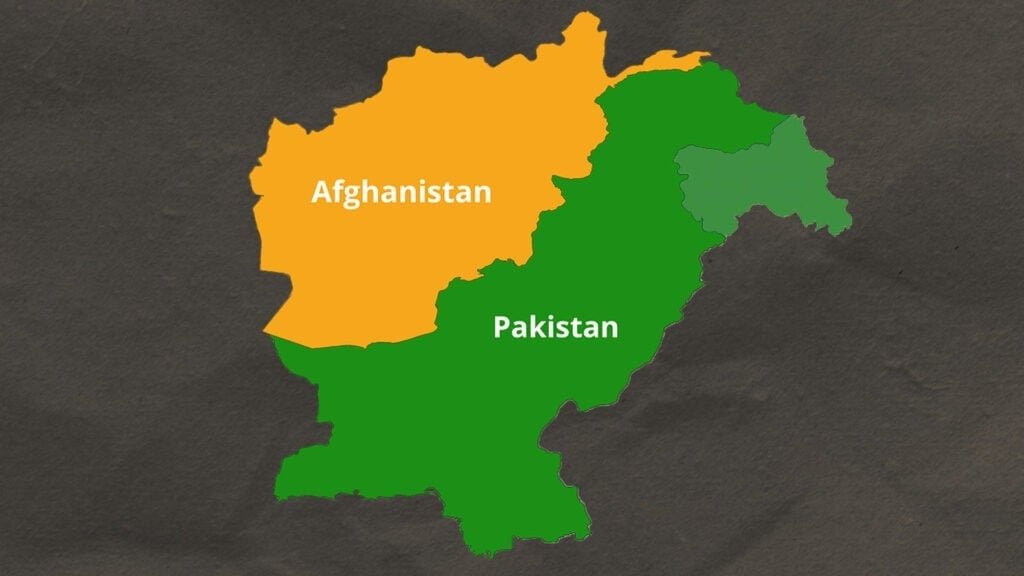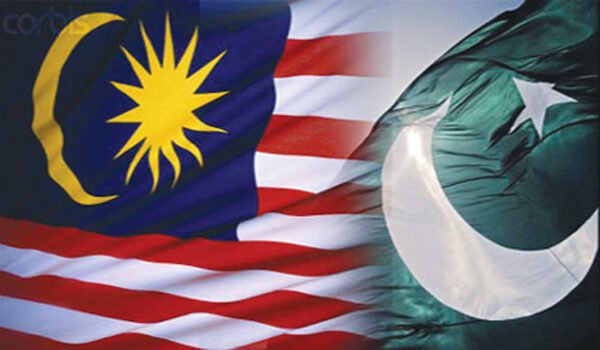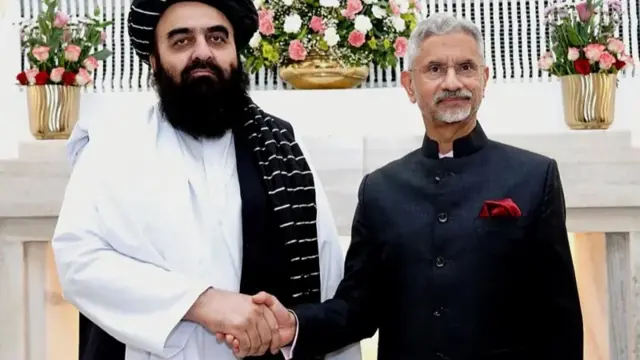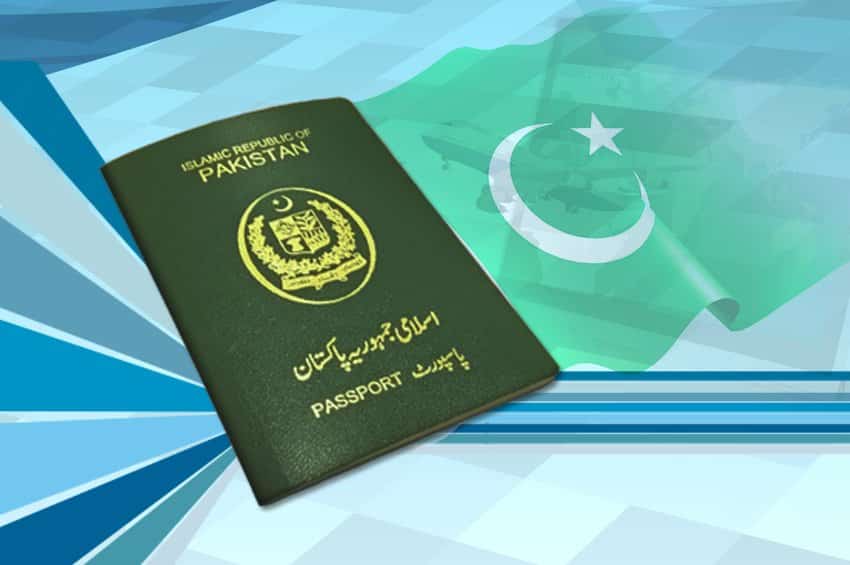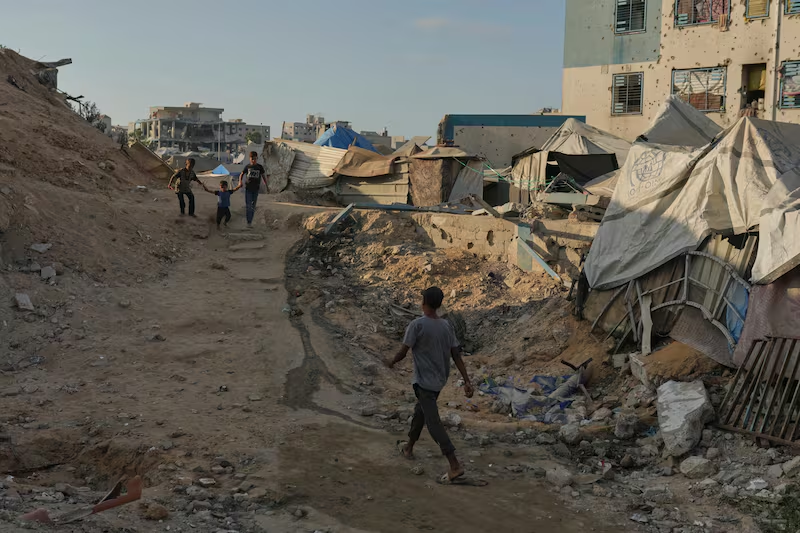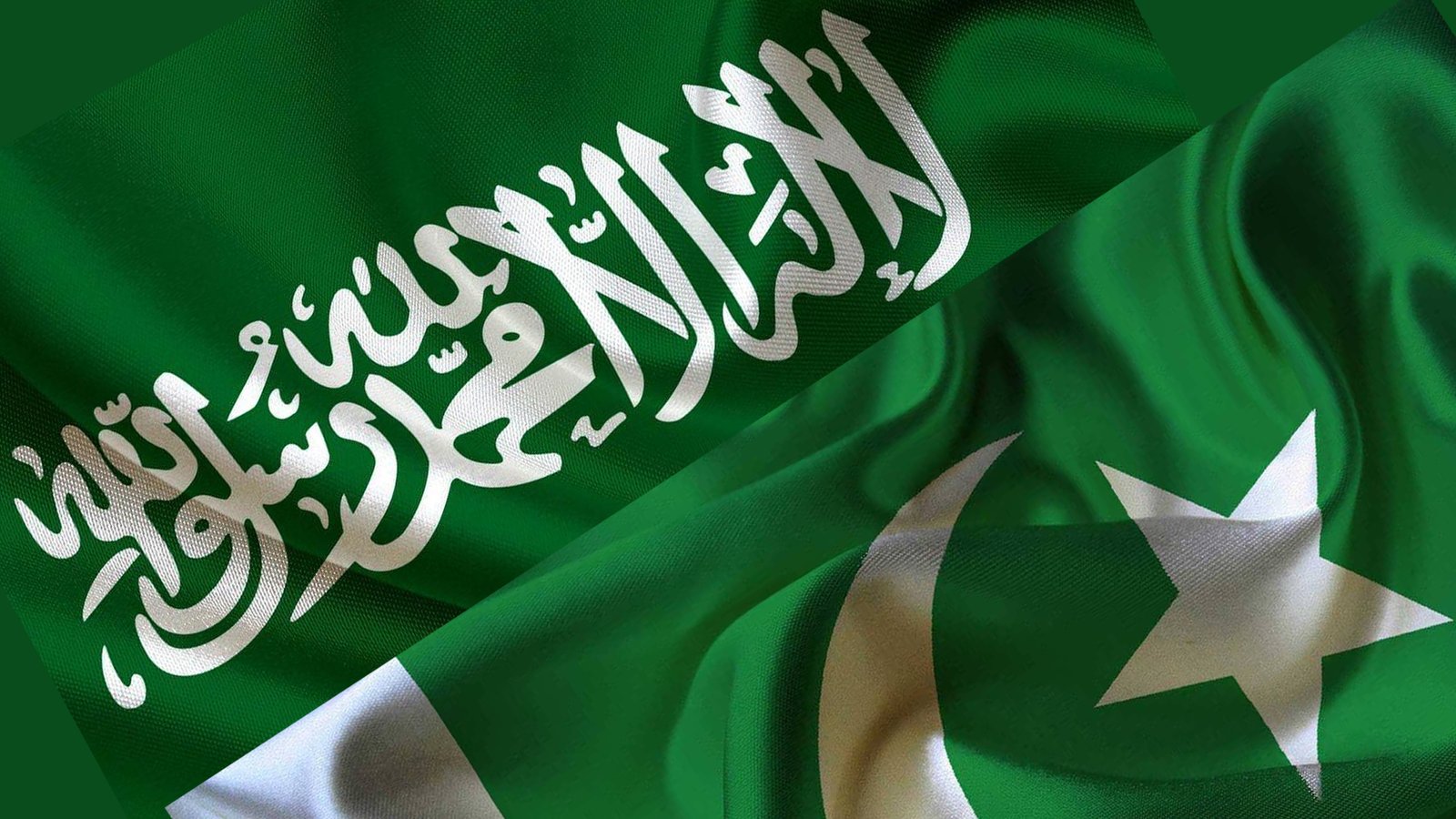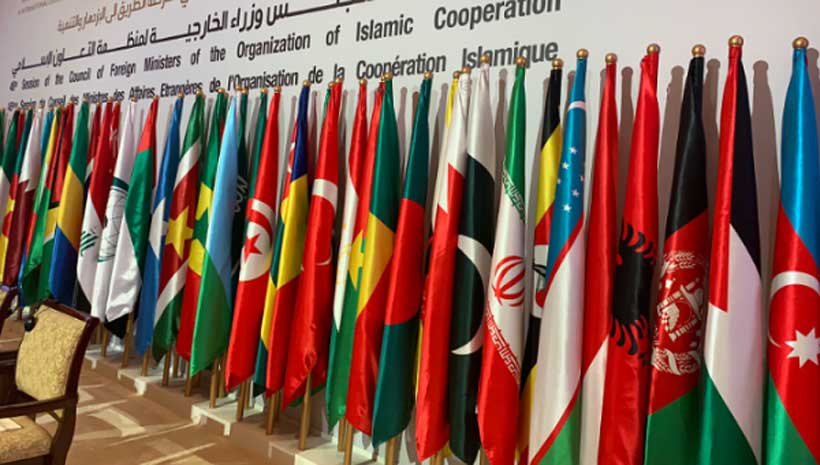Arshad Mahmood Awan
For more than a century, the Durand Line has remained a deeply contentious issue in Afghanistan’s national consciousness. No Afghan regime—monarchical, communist, or Islamist—has ever formally recognized it as an international border with Pakistan. This rejection is rooted not merely in geography but in identity, history, and politics. For Afghans, the Durand Line divides tribes, separates kin, and symbolizes the colonial legacy of external imposition. It is seen as an affront to national sovereignty and the collective Pashtun identity that stretches across both sides of the frontier.
Within Afghanistan’s political psyche, refusing to acknowledge the Durand Line serves as a rallying point for unity. Every government—from King Zahir Shah to the Taliban—has drawn legitimacy from this position, using it to build domestic support and suppress internal divisions. For many Afghan leaders, this symbolic defiance sustains nationalism, particularly in times of political fragmentation.
Follow Republic Policy on YouTube
For Pakistan, however, this unresolved stance poses recurring security, diplomatic, and economic challenges. The border is not just a line on the map—it defines the country’s western frontier, its counterterrorism strategy, and its regional connectivity vision. Islamabad cannot rely solely on legal or diplomatic arguments to resolve the dispute; it must engage Afghanistan’s multifaceted political, tribal, and ethnic networks through sustained dialogue and pragmatic cooperation.
Building trust with Afghanistan’s internal stakeholders—tribal elders, religious leaders, business communities, and local power brokers—can help Pakistan foster a more stable western border. Economic interdependence and controlled trade mechanisms, such as joint border markets and shared transit facilities, can gradually shift the narrative from confrontation to cooperation.
Follow Republic Policy on Facebook
Pakistan must also continue strengthening its border management systems. The fencing of the Durand Line, biometric crossings, and increased surveillance remain critical to curbing illegal movement and infiltration. However, these measures should be coupled with political dialogue to avoid alienating communities that live along the border and rely on cross-frontier ties for survival.
Follow Republic Policy on TikTok
Afghanistan’s political unpredictability demands a balanced strategy from Pakistan—one that combines security with diplomacy. Military containment alone cannot resolve historical grievances; similarly, overreliance on diplomatic engagement without credible security deterrence invites risk. The key lies in calibrated dual-track engagement—firm on national security but flexible enough to adapt to Afghanistan’s shifting power dynamics.
Follow Republic Policy on Instagram
Understanding Afghanistan’s internal complexities—its ethnic fault lines, power struggles, and foreign influences—is vital. A nuanced policy must acknowledge that Afghan nationalism, however fragmented, draws strength from resistance to external control. By addressing this sentiment with sensitivity rather than confrontation, Pakistan can shape a more cooperative regional environment.
Follow Republic Policy on WhatsApp Channel
Afghanistan will remain a difficult neighbor, but not an impossible one. For Pakistan, future success lies in realism—anchoring its western policy on stability, connectivity, and mutual respect. Only through law, diplomacy, and patient engagement can Islamabad protect its borders and build a peaceful frontier that serves both nations’ long-term interests.



